 |
| July 07, 2020 |
Dear Reader,
More than 200 scientists have outlined evidence that they say shows the novel coronavirus can spread in tiny airborne particles, urging the World Health Organization to update its guidance. Read our story on what we already know about airborne transmission of SARS-CoV-2. Also featured below is a piece on what makes the human brain special. In recent years, brain scans have started to show that it's the particular way neurons connect to one another. And in space news, three new missions are launching to Mars this summer—from the U.S., China, and United Arab Emirates—and at least one of them could reinvigorate interest in the search for life there. Check out our lead story to learn more. |
| | Sunya Bhutta, Senior Editor, Audience Engagement
@sunyaaa | |
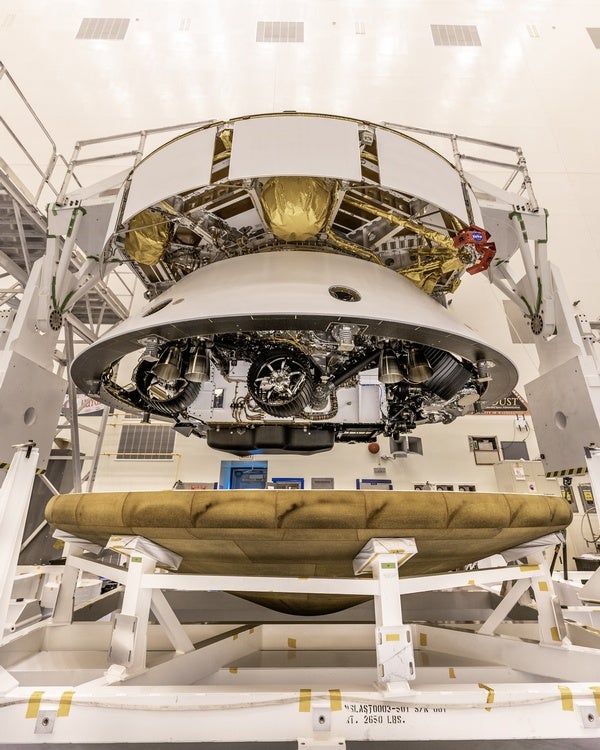 |
| |
| |
| |
| |
| |
FROM THE STORE
 | | July 4th Flash Sale Celebrate July 4th with 25% savings on any subscription to Scientific American. Your purchase will support expert journalism. Use code JULY20 at checkout. |  | | |
| |
FROM THE ARCHIVE
 | | | |
| |
LATEST ISSUES
 |
| |
| Questions? Comments?  | |
| Download the Scientific American App |
| |
| |



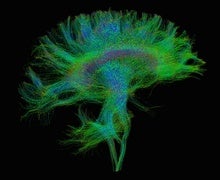

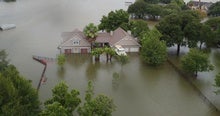
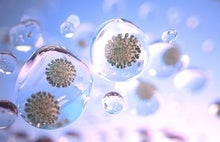


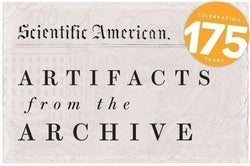
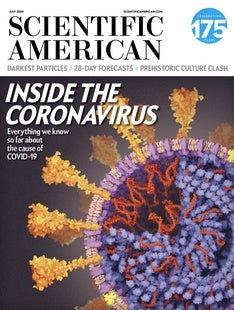

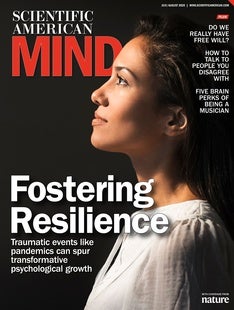
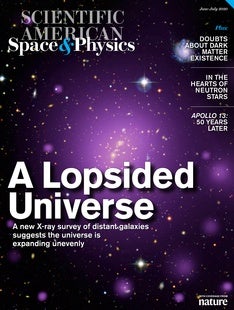
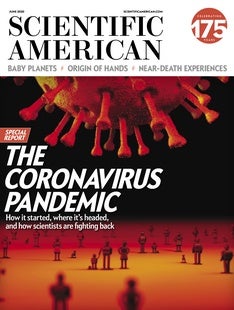



Comments
Post a Comment